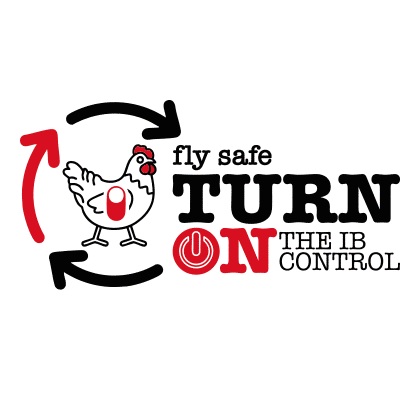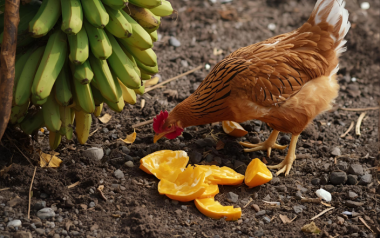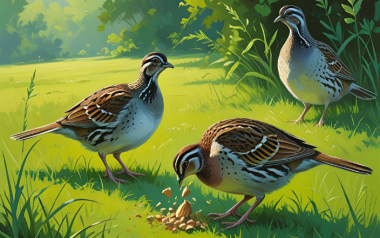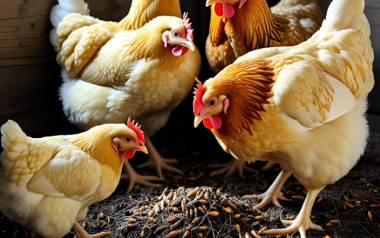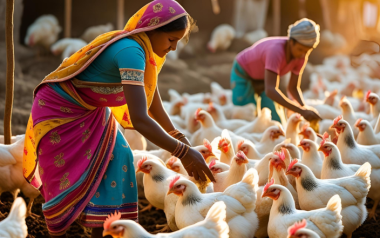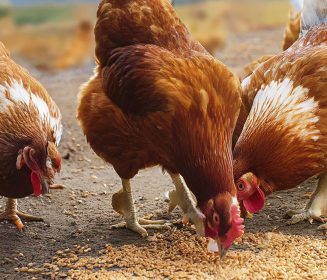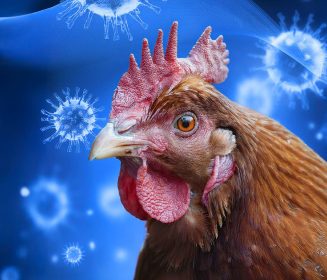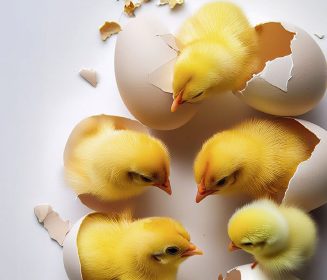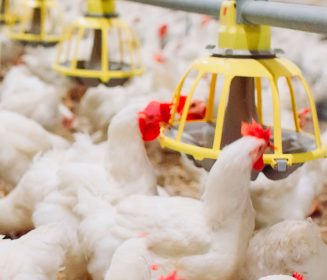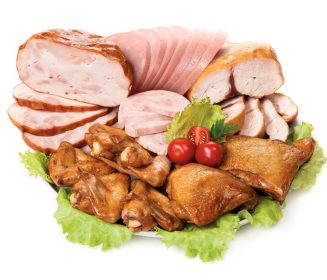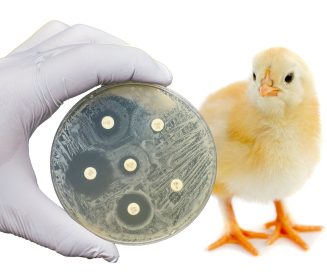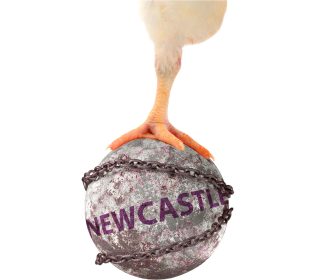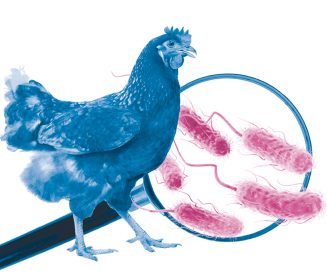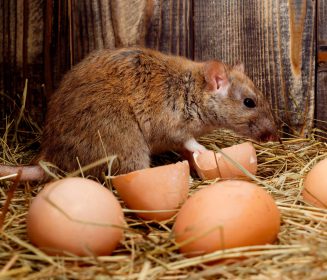23 Apr 2025
Feed cost decline boosts resilience in Malaysia’s poultry industry: Part 1
Malaysia's poultry industry gains a much-needed breather as global feed costs decline, significantly improving profit margins across the country.
Available in other languages:
Content available at:
Melayu (Malay)
The poultry industry in Malaysia is gaining a much-needed breather as global feed costs decline, significantly improving profit margins for broiler and layer producers across the country. Industry experts estimate that feed expenses constitute between 65% and 75% of the total cost of poultry production. As such, the easing of prices for key ingredients such as corn and soybean meal is delivering a noticeable impact on bottom lines.
Unexpected but welcome cushion
This development comes at a critical juncture for the industry, following a series of economic pressures stemming from currency depreciation, subsidy adjustments, and logistical disruptions. Many poultry producers have long struggled with thin margins exacerbated by Malaysia’s dependency on imported raw materials. With the ringgit under continued pressure, the recent downward trend in feed prices has provided an unexpected but welcome cushion.
“Our cost of feed has dropped by nearly 20% compared to the same period last year,” said a representative of a major integrator in the southern region. “This has helped us stabilise operations and plan future flock cycles with greater confidence.”
Imported feed ingredients
Malaysia imports a significant portion of its poultry feed ingredients, particularly from South American and US suppliers. The increase in global corn production in recent quarters, coupled with milder weather patterns, has led to a glut in international supply. Soybean meal, another primary feed component, has also seen a moderation in price as geopolitical tensions ease in major producing countries.
This easing of global feed costs is a rare bit of good news for local producers who have endured multiple challenges in recent years, including avian influenza threats, disrupted logistics, and shifting government policies on subsidies and price controls.
Cautious reinvesments
While feed prices are easing, producers remain cautious. Many are opting to reinvest the margin gains into improving biosecurity, automation, and efficiency within their operations.
“We are not taking this margin increase for granted,” said one Central Malaysia-based layer farmer. “We are using it to prepare for future shocks, because the poultry business is extremely cyclical and vulnerable to external supply-chain risks.”






